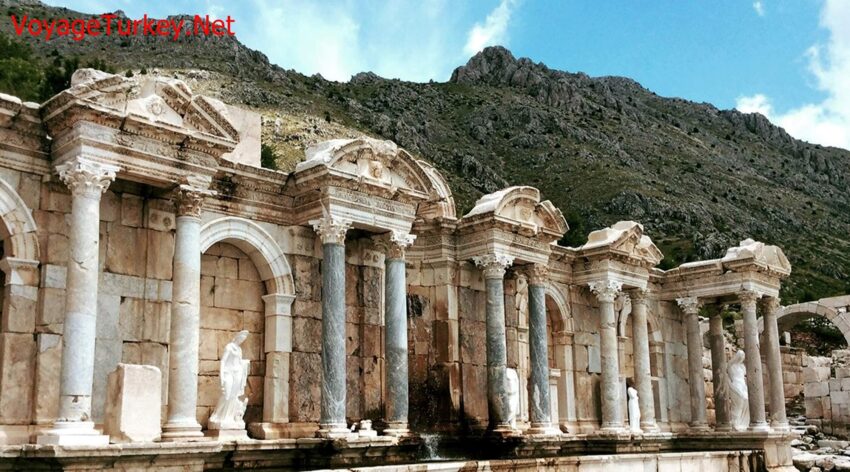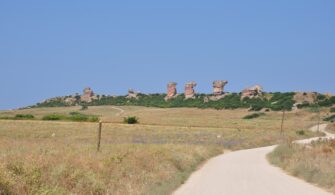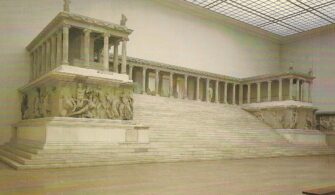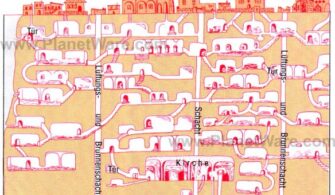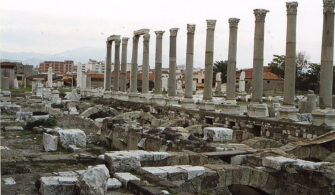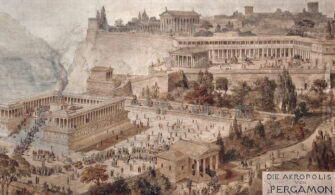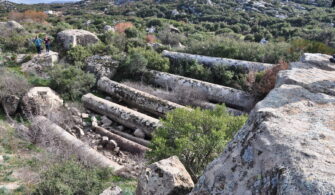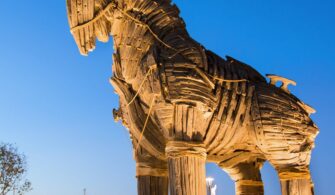Sagalassos is one of the best-preserved ancient cities in Minor Asia. Recently, it was placed on Turkey’s UNESCO tentative World Heritage List. One of the most important features of the city is one of the five important ceramic production centers of the Roman Empire.

Sagalassos is a typical Luwian name. However, its meaning is not known. Ağlasun, the name of the present town, is derived from the name “Agalassu” recorded as early as the 11th century AD when one bishop of the city was called ‘Bishop of Agalassu’.
How to Go Sagalassos
It is located in the Ağlasun County of Burdur province, southwest of Turkey. Sagalassos is 39 km to the center of Burdur and 7 km to Ağlasun County of Burdur Province. Sagalassos is situated on the steep slope of the Ağlasun Mountains (between 1,400-1750 meters) on the western branch of the western Taurus Mountains.
It’s also located in about one hundred kilometers north of Antalya. It’s 155 km north of Antalya.
Opening/Closing Time and Admission Fee
Closing Day: OPEN EVERYDAY
Admission Fee: 12 TL
History of Sagalassos
The oldest human traces in the area is dated 10,000 BC. The oldest known permanent settlements are from around 6500 BC.
The history of Sagalassos, known from written sources, begins with the conquest of Alexander the Great in 333 BC. After 281 BC, the city came under the control of the Seleucids. The city, which was under the sovereignty of the Pergamon Kingdom between 188-133 BC, entered into the domination of the Roman Empire since 129 BC.
The ancient city was the metropolis of the Roman province of Pisidia, which corresponds with the present-day Lake District in the Turkish provinces of Burdur, Isparta, and Antalya. It was officially recognized as the ‘first city of Pisidia, friend, and ally of the Romans’.
The Arab attacks in the 7th century BC caused the region to lose population and to leave Sagalassos.
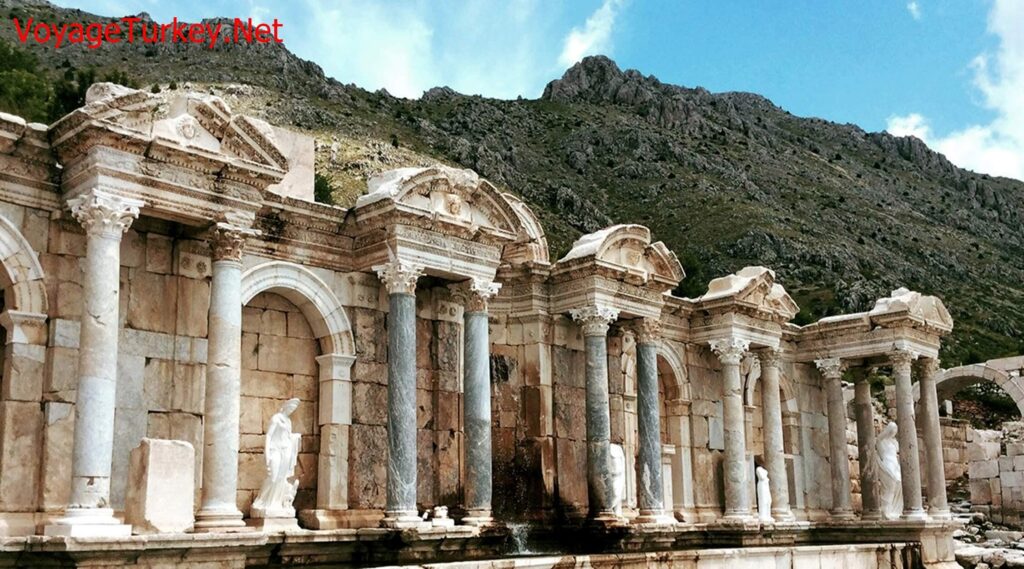
Roman Emperor Hadrian gave Sagalassos the title metropolis city of the state of Pisidia. And then, the largest monuments in this ancient city are built.
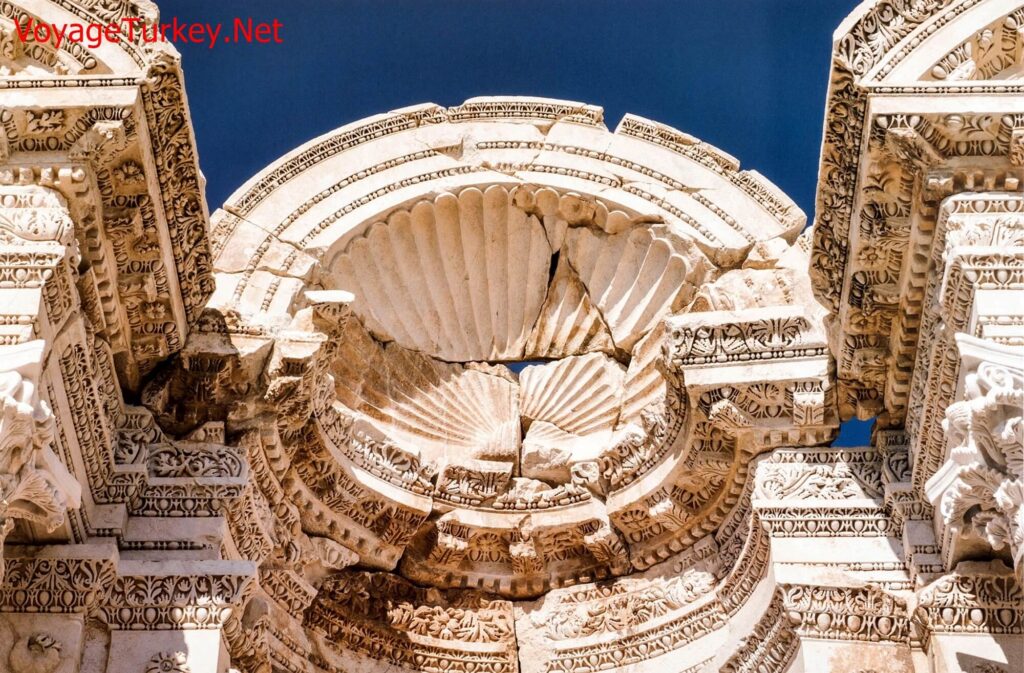
Buildings in Sagalassos
The ancient city of Sagalassos has been excavated since 1990 by archaeologists. Excavations began in 1989 and revealed many buildings and artifacts. The sculptures of Emperor Marcus Aurelius and Emperor Hadrian, which were discovered during the excavations in 2007 and 2008, are exhibited in the Burdur Archeology Museum.
There is a Roman bath complex, a theatre, a library, and an urban mansion with more than 80 rooms in the City. You can see the structures in the ancient city on the map below.
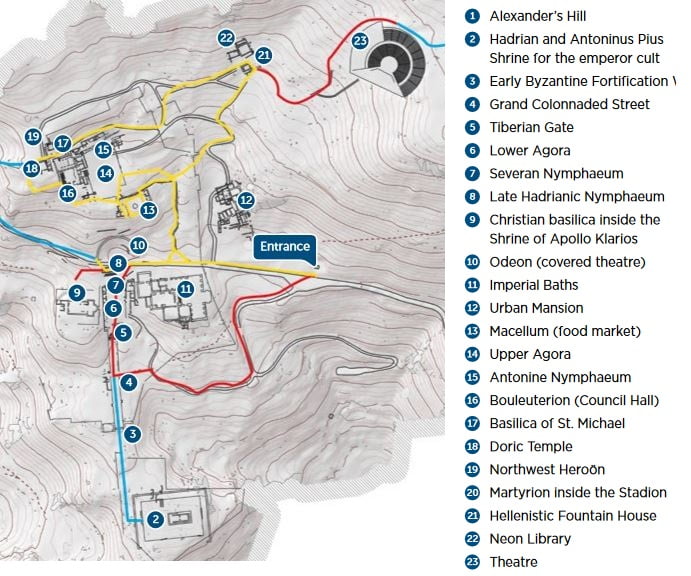
Map of Sagalassos, Source: http://tursaga.com/usrfiles/files/yayinlar/a_walk_through_sagalassos_en.pdf
Hadrian and Antoninus Pius Shrine
After being conquered by Alexander the Great, Emperor Hadrian (117-138 AD) declared Sagalassos the official religious center of Pisidia (present-day Lakes Region) and gave him the title of birinci Pisidia’s first city, friend, and ally of the Romans ’.
Thereupon, a temple was built for Emperor Hadrian on a high hill to the south of the city. This temple, which can be seen from all over the city, reflects the reputation of the Empire and Sagalassos. The temple could be completed after the death of Hadrian, during the reign of Emperor Antoninus Pius (138-161 AD).
In the inscription of the temple, it is mentioned for the first time that the temple was dedicated to Hadrian and Antoninus Pius, and the title given to Sagalassos by Hadrian.
Alexander’s Hill
Alexander Hill is a flat conical hill that controls the southern entrance of Sagalassos. The hill is strategically important in terms of its geographical shape and location.
The hill is named after his defense against Alexander the Great in 333 BC. When Alexander the Great came to Sagalassos with his army, the Sagalassians defended their city on this hill. At the end of the war, Alexander the Great’s army defeated the Sagalassians and conquered the city.
It is estimated that there was a temple on top of the hill and a church was built here in the 5th or 6th century AD. The most recent remains (a military garrison surrounded by fortifications) on the Iskender Hill belong to the late 12th century AD. This castle was destroyed in 1204, possibly as a result of a conflict.
At the foot of the hill, there is the oldest and one of the largest, with an area of 15.7 hectares, of the four cemeteries of Sagalassos.
Antonine Nymphaeum (Fountain)
The fountain was built between 161 and 180 AD, during the time of Roman Emperor Marcus Aurelius, as an indicator of the prestige of the Roman Empire. The excavation of the fountain was conducted between 1993-1995. The repair work started in 1998 and was completed in 2000.
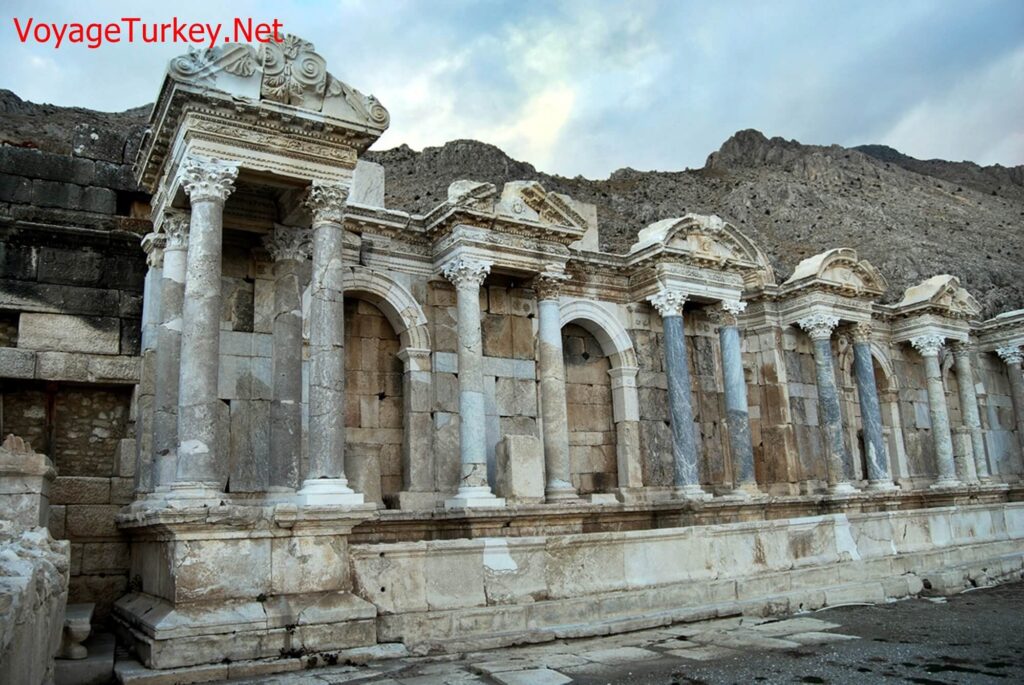
Temple of Apollo Clarios
During the reign of Emperor Augustus, at the end of the Colonnaded Street, a temple dedicated to God Apollo was built on a hill overlooking the Lower Agora. This small temple in the Ionic order only had half-columns on its front and rear facades.
The temple, officially serving the imperial cult since the emperor Vespasian, was renovated in 103-104 BC. In this restoration, Ionic columns are built on the four sides of the temple (six on the short sides, 11 on the long sides) and the inside of the temple is covered with marble. The construction of the Temple of Hadrian and Antoninus Pius in the 2nd century AD caused the Temple of Apollo to lose its importance.
Colonnaded Street
Sagalassos’s stone-paved Colonnaded Street was built in the first half of the 1st century AD. The street is about 300 meters long and 10 meters wide. There is a columned gallery (portico) along the two sides. Behind these columned corridors are shops, restaurants, and workshops. During the reign of Emperor Tiberius, a monumental gate was built on both ends of the street in the south and north.
